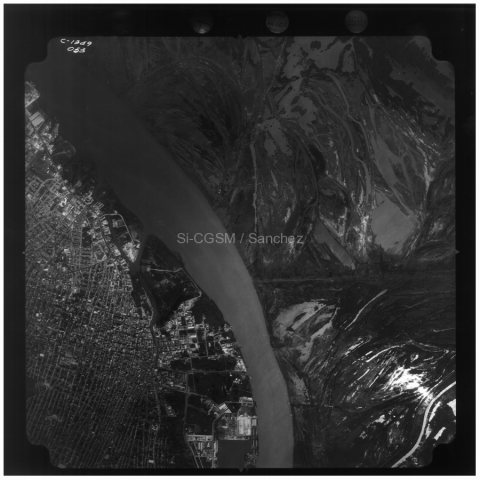https://doi.org/10.1111/1365-2664.14536
- Hydrological rehabilitation is widely used to improve soil conditions and promote
passive recovery. However, climate variability that is seldom considered in restoration planning can affect hydrological rehabilitation goals. 2. We used long-term observations to assess the effects of El Niño Southern Oscillation (ENSO) climate variability and hydrologic rehabilitation on tree recruitment and landscape cover changes in a South American mangrove complex. - ENSO climate variability and rehabilitation hydrology measure types collectively
explained 88%, 90% and 70% of mangrove cover change rates in the whole mangrove system and porewater salinity in basin and riverine sites, respectively. Therefore, major and detrimental rehabilitation measures counterbalanced or reinforced the effects of ENSO phase intensity on the system. In addition, climate variability explained the rates of change of salinity in the basin site (58%). 4. Porewater salinity, its rates of change and ENSO explained 28%–75% of propagule density and seedling/sapling growth rates of Rhizophora mangle, Laguncularia racemosa and Avicennia germinans in representative basin and riverine sites. 5. Tree colonization in the basin site, under high irradiance, was triggered by high seedling/saplings diameter growth rates (0.5–1.6 cm year−1) of L. racemosa and R. mangle generated by strong porewater salinity drop rates during consecutive La Niña episodes, while widespread tree mortality occurred during a strong El Niño. Tree size categories were more stable to ENSO climate variability in the riverine site. 6. Synthesis and implications. This study shows that hydrologic rehabilitation effectiveness depended on its influence on freshwater flows and on the effects of ENSO climate variability. ENSO, porewater salinity and its rates of change regulated tree recruitment and landscape cover changes. Thus, besides porewater salinity, rates of change of porewater salinity, light availability and climate variability need to be included in monitoring and mangrove restoration planning to better understand and predict mangrove trajectories. Climate-smart restoration in mangroves should implement the types of hydrological rehabilitation measures that offset or avoid reinforcing ENSO strong phases.


